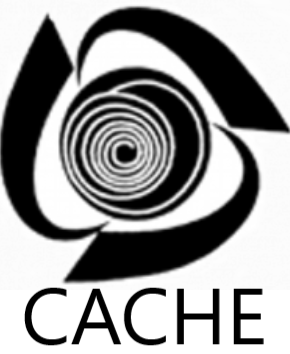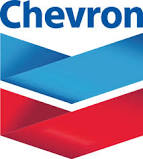Instructor Resources
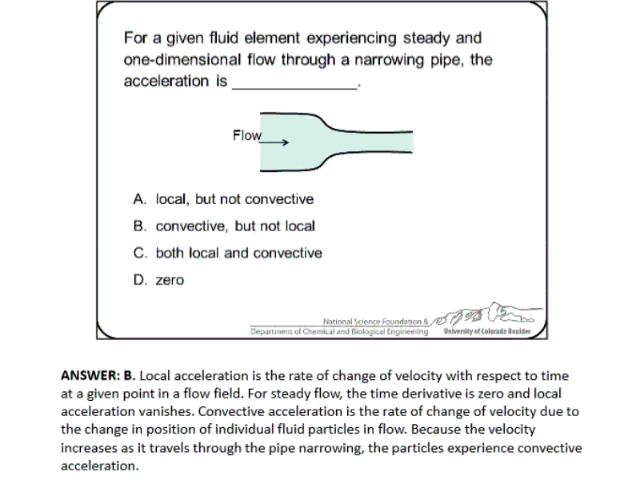
For access, email us using your university account to verify instructor status. A Google-based email is required to access instructor resources; this can be separate from your university email. Instructors without access to Google can inquire to receive course packages and ConcepTests via email.
ConcepTests:
ConcepTests challenge students with qualitative questions that are not answered by memorization. Studies show that ConcepTests and peer instruction can dramatically improve functional understanding. Furthermore, instructors can gauge students understanding and tailor their instruction accordingly.
Course Packages:
These all inclusive digital OneNote notebook files contain class notes, ConcepTests, pre-class assignments, recommended screencasts and simulations, homework problems, sample exams and resources about active learning methods. They can be taught from directly or tailored to fit any instructor’s style. Course packages are available for: Thermodynamics, Material and Energy Balances, and Kinetics/Reactor Design. The Thermodynamics course package is described in this screencast.
404 Error:
If you are seeing a “404 Not Found” error when visiting the instructor resources site, log out of all Google accounts and log back in on the Google account that you registered with. If you are still seeing a 404 error, it means we have not yet granted your Google account access to our instructor resources site.
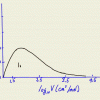
Information on how to create and use screencasts.

These faculty resources are organized by courses; they include syllabi, schedules, computer-aided tools, textbook information, useful links, and also links to LearnChemE resources.

Suggested screencasts, books, and websites to improve study habits and learning based on the psychology of learning.
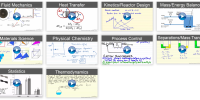
A collection of learning tools organized by course.

Humanities and Social Relevance for Chemistry and Chemical Engineering Students
by Professor John M. Prausnitz

